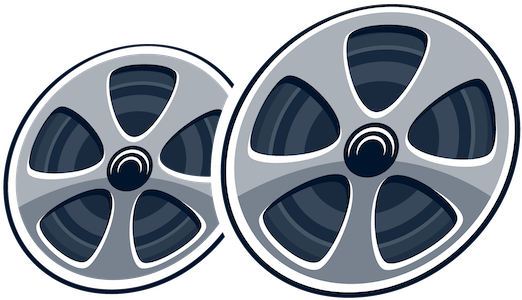The recent monumental success of the trailer for “28 Years Later” has prompted an interesting dynamic within the cinematic landscape. With a staggering 60.2 million views in just 24 hours, it’s clear that audiences are not just nostalgic for zombie films; they are eager for fresh and engaging narratives that build upon established classics. This overwhelming response has led Sony to make a strategic move by releasing Danny Boyle’s original 2002 unique take on the zombie apocalypse, “28 Days Later,” available for digital purchase and rental on December 18. This initiative is as much a marketing tactic as it is a tribute to a beloved genre, showcasing the power of fandom in shaping industry decisions.
The colossal engagement statistics surrounding the “28 Years Later” trailer extend beyond mere numbers; they reflect a yearning for quality horror storytelling. With current global views scaling to over 146.1 million, “28 Years Later” has solidified its position as a powerhouse in the horror genre, outdoing previous popular trailers, such as “The Nun” and “Halloween.” This indicates not only a strong market for horror films but also the potential for this new installment to exceed box office expectations, considering the lucrative returns of its predecessors—cumulatively earning close to $150 million.
As a sequel to “28 Days Later,” “28 Years Later” finds itself in a rich narrative landscape filled with interesting possibilities. Cillian Murphy returns, while a host of acclaimed actors such as Jodie Comer, Aaron Taylor-Johnson, and Ralph Fiennes lend their talents to this fresh chapter. With a budget of approximately $75 million, expectations will be high, but the collaboration of Boyle and screenwriter Alex Garland, who is pivotal in scripting the new films, bodes well for the continuation of this horror saga. The foundational plot of “28 Days Later,” revolving around the unforeseen consequences of animal rights activism leading to a societal breakdown, sets an ominous stage for exploring contemporary themes of fear and survival in a post-apocalyptic world.
The trend of reviving and expanding classic horror franchises may signify a broader shift in the industry, emphasizing nostalgia while still catering to modern audiences. With “28 Years Later” poised to strike a chord with fans of the original, it’s likely to influence how studios approach horror in an increasingly competitive cinematic marketplace. The excitement surrounding this release underscores a critical turning point in not only horror films but potentially the larger category of sequels and reboots.
The anticipation for “28 Years Later” illustrates a profound relationship between creators and audiences, as well as the enduring appeal of storytelling steeped in horror. With Boyle and Garland at the helm, the upcoming film is not just another sequel; it’s a chance to reinvigorate a classic narrative while cultivating a new generation of horror enthusiasts.

